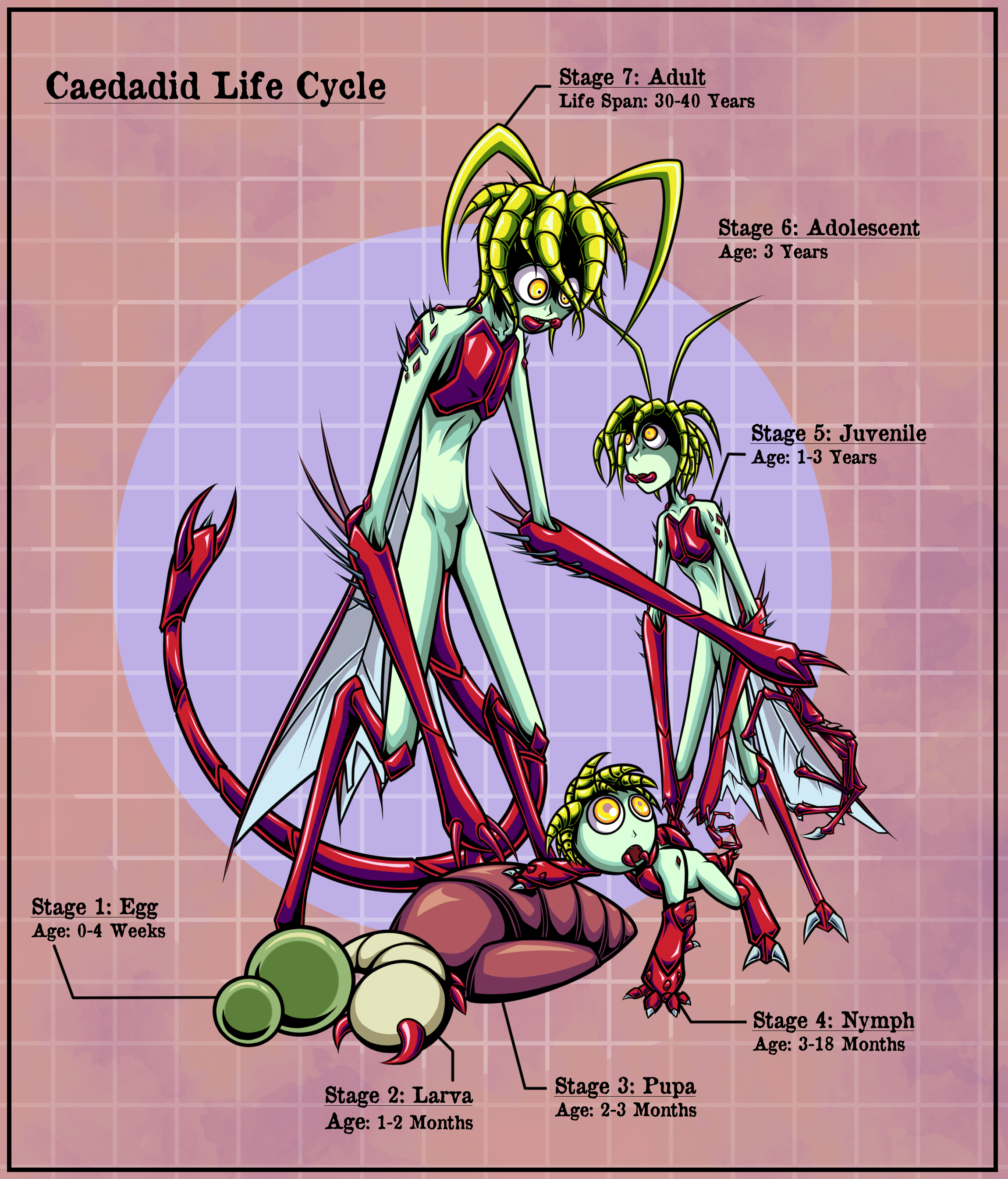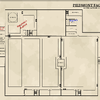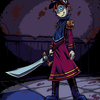@fragmented_imagination: I believe your referring to the variants like hornets and scuttlers. They all go through these stages, but they may look and act different. Scuttlers will have bigger shells and hornets will have pronounced talons and may be meaner throughout their life.

Caedadid Life Cycle by @rollee (Rollee Bitterblossom)
Egg Development Period: 4 weeks Caedadid eggs are around 2 - 3 inches in diameter and grow to almost double their size over the course of their active development. They have a tough, rubbery shell that is sensitive to environmental factors including: temperature, atmospheric composition and pressure, radiation and light, gravity, etc. During development, the Caedadid inside is slightly modified to allow it survive better on the planet. If the egg finds that the environment is not suitable for life then the egg goes into stasis however If the egg has been developing for about 2 weeks, it is now too far along to go into stasis.
Larva Development Period: 3 weeks The larva is the simplest stage of a caedadid life cycle. It is blind and mostly relies on its exceptional sense of smell and touch. Larva are born with only one purpose, to feed. It doesn’t even sleep during this stage. Its simplified physiology allows it to easily enlarge to up to almost 5 times its size.
Pupa Development Period: 3 weeks Metamorphosis from larva to nymph is almost violently exhaustive. The caedadid’s physiology goes through a complete makeover.
Nymph Development Period: 9 Months A nymph is a small, childlike caedadid. Their underdeveloped wings are protected in wing casings on their back until they grow large enough to be used. Their stubby limbs, though still stronger than they appear, are unable to truly overpower anything larger than themselves.
Nymphs are instinctive swarmers and lack a sense of self identity. They cluster together into as large of a brood as they can manage. These curious creatures like to learn by mimicking things. A nymph’s vocal chords are malleable, morphing over time as it tries to replicate the sounds it hears, helping them replicate speech. Once they reach adolescence their vocal chords will be permanently set.
Juvenile Development Period: 18 Months A juvenile’s biology has gone through extreme changes from that of a nymph and now resembles that of an adult. Their metabolism is starting to kick up and they are still growing very rapidly. As such juveniles are particularly ravenous, even for a caedadid. This stage is often referred to as the “locust stage”.
This is the stage where caedadids tend to be most troublesome. They still retain their swarm instinct and travel togther in large numbers but are now physically developed enough to be individually dangerous. Whereas nymphs tend to act cautiously, juveniles tend to be audacious and eager to flex their new physical strength. In most cases, they no longer fear any natural predators.
Adolescent Development Period: 12 Months An adolescent caedadid is mostly identical to an adult, only smaller. Mentally, adolescent caedadids develop a sense of independence and they can be quite rambunctious at this age even with each other, as they are experimenting with their new psychological freedom.
Adults Life Span: 30 to 40 Years As a caedadid ages, particularly past their thirties, their digestive system becomes less efficient. As they grow older they need to eat more to keep up their energy. Ultimately, a caedadid that dies of age is one that starves to death once its body is no longer able to keep up with its own metabolism. This “premature” death essentially guarantees that a caedadid dies while remaining at mostly peak conditions, before health problems associated with age tend to occur.
Found the Caedadids interesting? Want to learn more Check my Caedadid Xenology for more content



So, you've shown us Caedadids that are more specialized in their appearance. Do they go through the same lifecycle, or do they share similar stages but different adult forms?